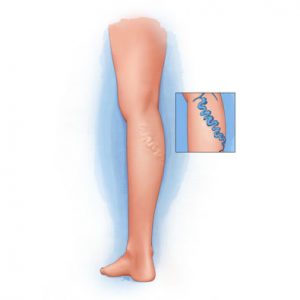
Utah varicose vein treatment is easier than ever. With a combination of three simple, in-office procedures; varicose vein treatment can you get you back to enjoying life’s simple pleasures. As with any medical procedure there are some restrictions following treatment. Fortunately, you may return to most daily activities the day of treatment!
Post-procedure restrictions depend on what varicose vein treatment has been performed. For all procedures, walking is encouraged. Walking keeps blood moving through normally functioning veins. This reduces the already small risk of developing blood clots. You will also need to wear a compression stocking on the treated leg for one week following each procedure. You may resume most daily activities with a few restrictions.
RF and Laser Ablations
After either radio frequency or laser ablation procedures, it is important to avoid strenuous exercise or activities for at least a week following the procedure. This includes jogging, running, cycling, crunches, etc. The increased pressure caused by bearing down can push blood into the treated vein, causing the treatment to fail. For this same reason, you need to avoid lifting anything over 20 pounds. There will be a small incision in your leg where the vein was accessed. It is important to keep this clean and dry after the procedure. After two days you may shower but soaking the treated leg should be avoided for 7 days following the procedure.
Ambulatory Phlebectomy
After ambulatory phlebectomy (removal of bulging veins) the same restrictions are in place. Strenuous exercise and heavy lifting should be avoided for one week. Along the course of the bulging vein, small incisions will be made. These incisions need to be kept clean and dry for 2 days. After that, it is important to not soak the incisions for 10 days after the procedure to minimize the risk of infection.
Sclerotherapy
Post sclerotherapy, it is also important to avoid strenuous exercise and heavy lifting for one week. These activities can force the sclerosing medication out of the veins, making the treatment ineffective. Avoid sitting or standing for long periods of time. Do not soak the treated leg for 48 hours after the procedure to reduce the risk of infection.
Don’t let the pain and appearance of varicose veins keep you from enjoying life. Come see your Utah varicose vein treatment experts at IVC®. Schedule a free varicose vein screening today!
 veins is a thorough examination and diagnosis. An ultrasound is performed to evaluate the veins in your leg. The bulging veins you see on the surface are caused by deeper sources of reflux. Reflux is the backward movement of blood, pooling in the legs instead of returning to the heart. Once all sources of vein disease are determined a diagnosis and treatment plan is made. Removing bulging veins is often the last step in the treatment plan. Think of it as a river and tributaries. You can’t shut down the tributaries without first stopping the flow in the river. This means ablations of large veins need to be performed before removing the smaller bulging veins on the surface.
veins is a thorough examination and diagnosis. An ultrasound is performed to evaluate the veins in your leg. The bulging veins you see on the surface are caused by deeper sources of reflux. Reflux is the backward movement of blood, pooling in the legs instead of returning to the heart. Once all sources of vein disease are determined a diagnosis and treatment plan is made. Removing bulging veins is often the last step in the treatment plan. Think of it as a river and tributaries. You can’t shut down the tributaries without first stopping the flow in the river. This means ablations of large veins need to be performed before removing the smaller bulging veins on the surface.

